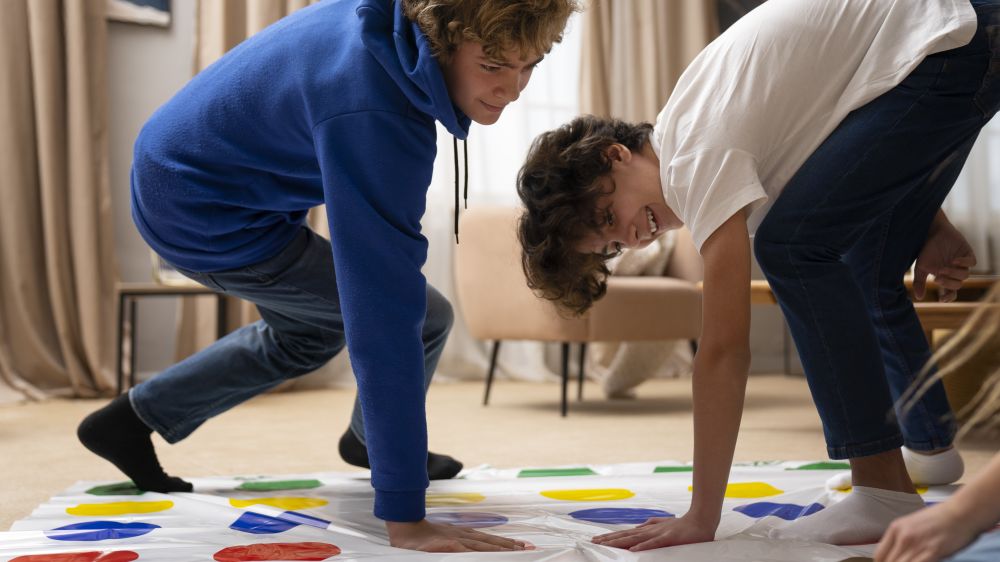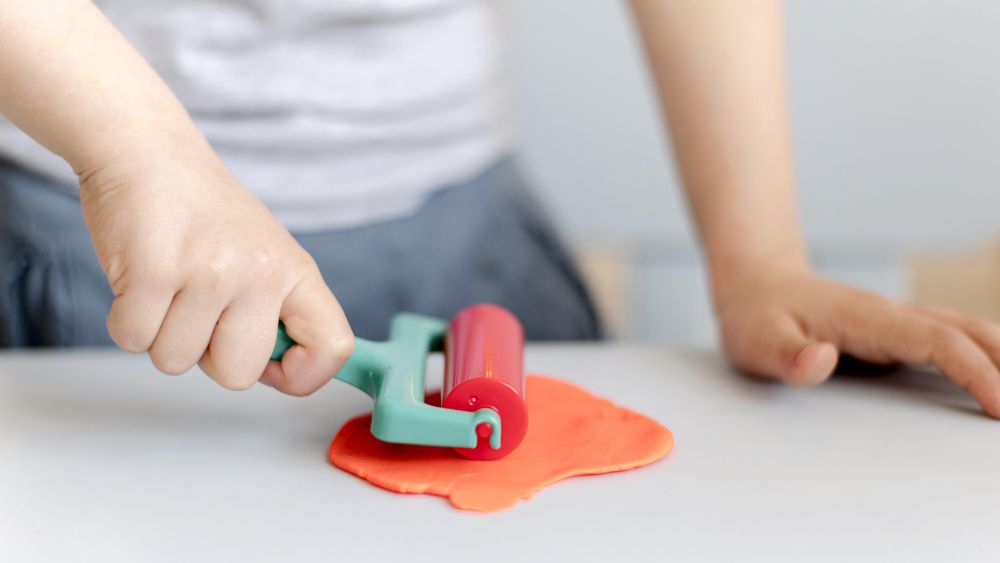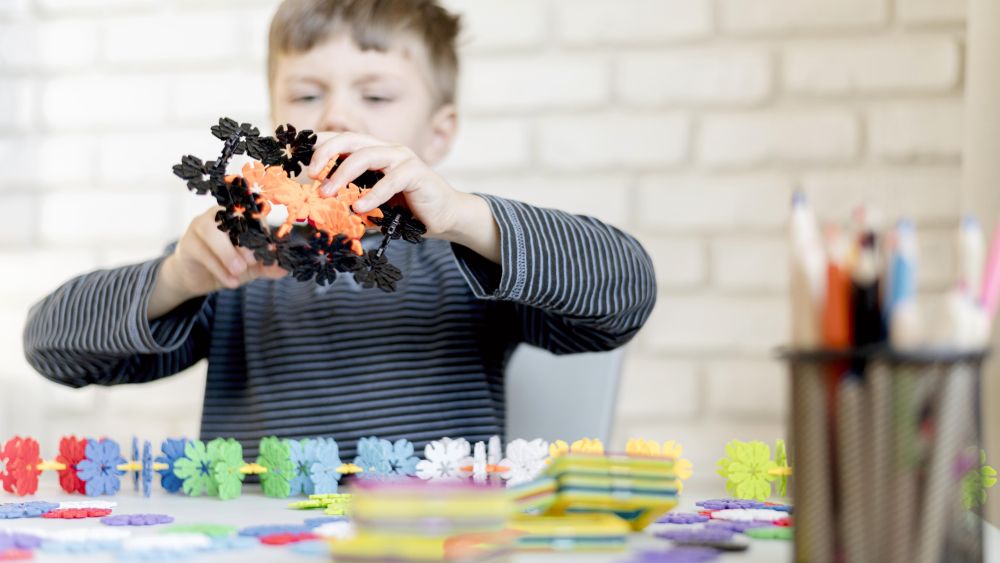Every child with autism follows a unique developmental journey, shaped by their individual strengths, challenges, and sensory experiences. For many families, finding supportive activities that nurture both physical and emotional well-being can feel overwhelming. Understandably, parents may wonder what types of movement are appropriate or beneficial. However, growing evidence highlights that structured and consistent physical activity, especially when tailored to the child's interests and needs, can play a vital role in supporting emotional regulation, motor development, and behavioral growth. The key is to begin gently and focus on enjoyment over intensity.
Engaging in physical activity offers wide-ranging benefits for children on the spectrum. It can help reduce repetitive or disruptive behaviors, improve concentration and mood, and encourage better sleep patterns. Over time, regular movement also strengthens the body, enhances balance and coordination, and supports overall physical health. These outcomes not only improve quality of life but also help children participate more confidently in school and social environments. With the right approach, important exercises for autistic kids can become a natural and enjoyable part of everyday routines, empowering children to thrive in ways that go beyond physical fitness.

How to Improve Motor Skills in Autistic Kids
Many children on the autism spectrum experience differences in how they develop motor skills, both gross and fine. Tasks like running, catching a ball, or even using utensils can be challenging or take longer to master. These delays are common and not a cause for alarm, but they do highlight the need for a thoughtful, individualized approach. To get started, it’s helpful to consult with a qualified specialist who can conduct a comprehensive motor skills evaluation. This kind of assessment helps identify strengths and areas where additional support might be beneficial, forming the basis for an effective physical activity plan.
With a clear understanding of the child’s needs, physical activities can be carefully selected to target specific developmental goals. Exercises like animal walks, navigating simple obstacle courses, or playing push and pull games are excellent ways to build core strength, balance, and coordination. Visual cues such as picture guides or step-by-step instructions can provide helpful structure and reduce anxiety around trying new movements. When considering how to improve motor skills in autistic kids, the focus should always remain on steady, meaningful progress, prioritizing comfort, participation, and joy in movement over speed or perfection.

Fun Movement Games for Autistic Kids
One of the most effective ways to help autistic children enjoy physical activity is to make it playful and engaging. When movement is introduced through familiar games, children are more likely to participate willingly and consistently. Some of the best options include trampoline bouncing, hopscotch, and imaginative animal walks, which can be adapted to suit different ability levels. These fun movement games for autistic kids not only help improve balance and coordination but also foster a sense of joy and connection during shared activities.
Beyond physical benefits, these games can also play a meaningful role in communication development. Movement can naturally encourage both verbal and non-verbal expression, particularly when activities involve turn-taking, imitation, or role play. For families seeking to better understand how physical activities can complement their child's communication journey, arranging a professional language and communication evaluation can offer valuable guidance. It can help ensure that play-based exercises are aligned with the child’s individual needs and strengths in expressive and receptive language.
What Makes an Exercise “Autism-Friendly”?
Low verbal demand: Easy to follow with minimal spoken instructions.
Predictable structure: Clear beginning, end, and consistent steps.
Sensory feedback: Offers calming input like pressure or rhythm.
Enjoyable and flexible: Matches the child’s mood and interests.
Safe and repeatable: Can be practiced regularly and built on over time.

Best Exercises for Autistic Child at Home
Home can be a powerful and reassuring environment for introducing movement into a child’s daily life. With a bit of creativity and structure, activities like indoor obstacle courses, yoga-inspired stretching, or backyard cycling can support both emotional and physical development. These are often among the best exercises for autistic child at home, especially when designed around the child’s preferences and needs. To better understand which types of movement may be most beneficial, families might consider starting with a specialist developmental evaluation for autism. This can help identify key focus areas and ensure exercises are aligned with the child's capabilities.
Exercising at home also offers the advantage of reduced sensory overload. For children who find unfamiliar environments overwhelming, the predictability and comfort of home can make trying new activities less stressful. Visual supports such as charts or step-by-step guides can help outline the sequence of each exercise, while simple reward systems can motivate participation. Over time, building a consistent home routine can foster independence and create positive associations with physical activity.

Calming Physical Activities for Autism
For many autistic children, the most beneficial forms of movement are those that are gentle, rhythmic, and predictable. Activities such as simple yoga sequences, slow-paced dancing, or steady marching can help regulate the nervous system and create a sense of calm. These calming physical activities for autism are particularly useful during periods of transition, after overstimulation, or as part of a wind-down routine before bedtime. By promoting relaxation and body awareness, they can become a soothing and supportive part of the day.
To ensure these calming exercises are integrated effectively into a child’s broader care plan, families may find it helpful to connect with a support services coordinator. This type of professional can help bridge the gap between home routines, therapeutic goals, and educational needs, making sure that physical activity complements other strategies being used. With the right coordination, movement can become a meaningful tool for both emotional regulation and daily functioning.

Easy Sensory Exercises for Children with Autism
Many children on the autism spectrum experience sensory processing differences that can affect how they respond to their environment. Movement-based sensory exercises offer a gentle and effective way to help regulate these responses and improve comfort in daily activities. Activities such as rolling over a soft therapy ball, gentle stretching with resistance bands, or walking barefoot on textured surfaces provide tactile and proprioceptive input that can calm the nervous system and support focus. These easy sensory exercises for children with autism are adaptable and can be done at home with minimal equipment.
When these exercises are incorporated into a consistent routine, they can become an important part of a child’s daily rhythm. Establishing a daily exercise routine for autistic children that includes sensory-friendly movements helps build predictability, which is often key to participation and comfort. Using visual prompts, simple step sequences, and preferred rewards can encourage engagement and progress. Including these kinds of important exercises for autistic kids throughout the day creates a steady foundation for emotional regulation, sensory integration, and long-term well-being.

Dr. Ali Eslami, Chief Editor
Dr. Ali Eslami is a child psychiatrist at BC Children’s Hospital and All Brains Clinic with a PhD from Brown University. With expertise in neurodevelopmental disorders, autism assessment, and AI research in mental health, he ensures every article meets the highest standards. His sharp editorial eye guarantees clarity, accuracy, and credibility in all our content.

.svg)


.svg)
.png)



.png)


.svg)








.svg)




